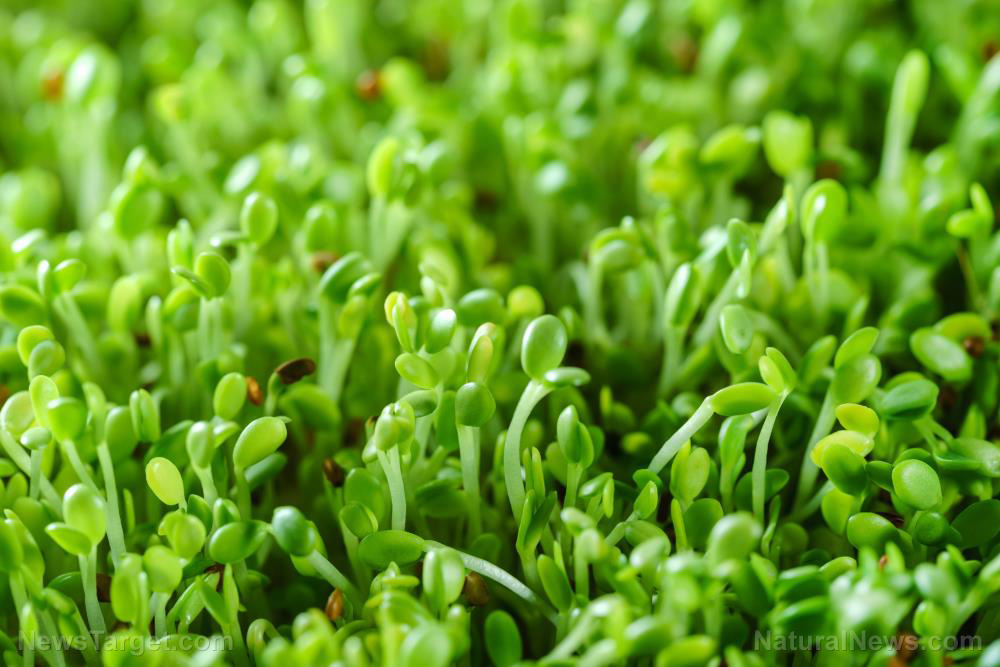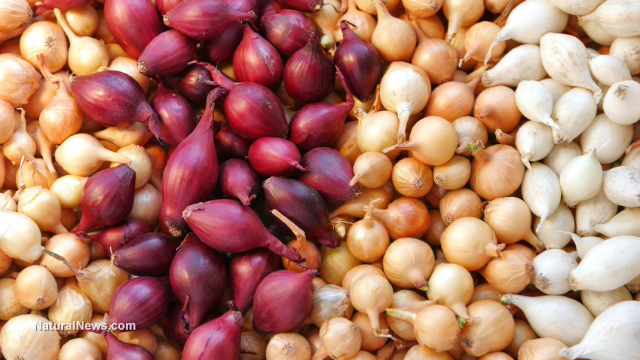California heatwave affecting quality and supply of fresh produce in US supermarkets
09/14/2022 / By Ramon Tomey

The ongoing heatwave in the U.S. has impacted fresh produce sourced by supermarkets. The resulting damage forced groceries to either sell these goods at a discount or look to other suppliers.
Nature’s Reward Fertility and Pest Control Manager Mark Mason remarked: “We can’t ship lettuce with defects. There are fields that are near losses.” The California-based grower provides different kinds of lettuce such as romaine, iceberg and leaf.
Vegetable growers in the Golden State say the current heatwave could be fueling diseases that kill or damage lettuce. Mason attested to this, pointing out that diseases may have reduced lettuce yields for his company this season by at least 15 percent compared to the previous year. Aside from lettuce, the Nature’s Reward manager added that strawberry shipments were also affected.
Mason is not the only farm manager concerned with the heatwave. Grower-Shipper Association of Central California (GSA) President Christopher Valadez could not help but draw parallels to 2020. He remarked that the current situation on the ground – with high temperatures and disease incidence in lettuce – was similar to two years ago. (Related: “Exceptional” drought stressing crops in American West.)
“The crop is under stress when it’s hot. That makes plants more vulnerable to infection,” said Valadez. The GSA president added that disease prevalence in lettuce harvests reduced yields along California’s central coast by about 30 percent.
Figures from the Dutch financial company Rabobank projected dire straits for lettuce. In the year through Sept. 3, it found that shipments of iceberg, green leaf and red leaf lettuce have been the lowest since at least 2006.
Rabobank also discovered that annual prices of lettuce per pound for the same period were higher than the previous year. Average annual per-pound prices for the week ending Sept. 3 are higher than levels a year ago for all three lettuce varieties, with prices for iceberg and romaine at or above their highest in at least 16 years, data showed.
Supermarkets now sourcing fresh produce from other places
In response, groceries have resorted to giving less shelf space to produce with heat damage such as discolorations, bruises or burns. Others, meanwhile, have sold these at a discount.
Ultimately, these groceries procured fresh produce from other states – and other countries even.
Jeff Cady, vice president of produce and floral at New York-based Tops Markets LLC, said the company has been sourcing more iceberg lettuce and celery from Canada and Michigan. He cited continued challenges on the West Coast as a reason for this.
Cady warned that if California grapes remain in bad shape from the weather, Tops Markets will be forced to get grapes from Peru. “It has a ripple effect, unfortunately, for the consumer and for us,” he said.
Stefanie Katzman, executive vice president at S. Katzman Produce, said retailers are now selling lower-quality produce for a cheaper price – even if it translates to slimmer profit margins. She also noted that her company has purchased more inventory from New York, New Jersey and Ohio growers this year.
Doug Diffenderfer, vice president of produce at Pennsylvania-based Karns Quality Foods, remarked that California’s lettuce supply is among the biggest concerns for fall and winter. With lettuce becoming smaller and more expensive, customers are buying less.
Diffenderfer warned that if the quality of lettuce from the Golden State continues to decline, shoppers will also purchase less dressing, tomatoes and other items that accompany lettuce. “It has a ripple effect, unfortunately, for the consumer and for us,” he said.
Visit Harvest.news for more stories about heatwaves affecting California produce.
Watch this video that expounds on the effects of drought on crops and livestock.
This video is from the Grand Solar Minimum Solutions channel on Brighteon.com.
More related stories:
California farmers shaking almonds off trees to save drought-stricken orchards.
California farms face collapse as unprecedented droughts sizzle crops.
California’s untilled fields set to double amid water crisis in the state.
Sources include:
Submit a correction >>
Tagged Under:
agriculture, California, climate, collapse, crops, drought, environment, famine, food collapse, food quality, food supply, groceries, harvest, heatwave, hunger, lettuce, products, rationing, scarcity, starvation, supermarkets, supply chain, veggie
This article may contain statements that reflect the opinion of the author
RECENT NEWS & ARTICLES
COPYRIGHT © 2017 VEGGIE NEWS




















